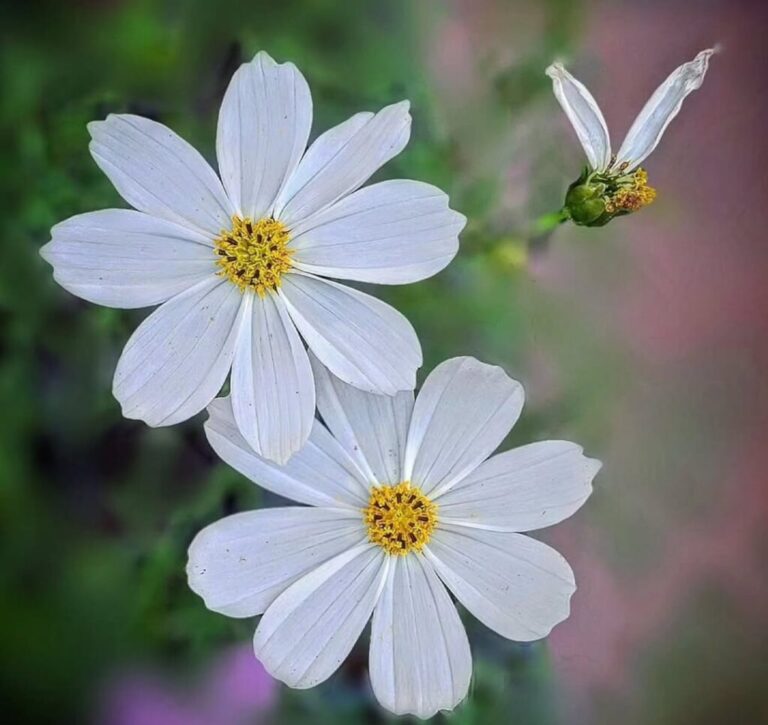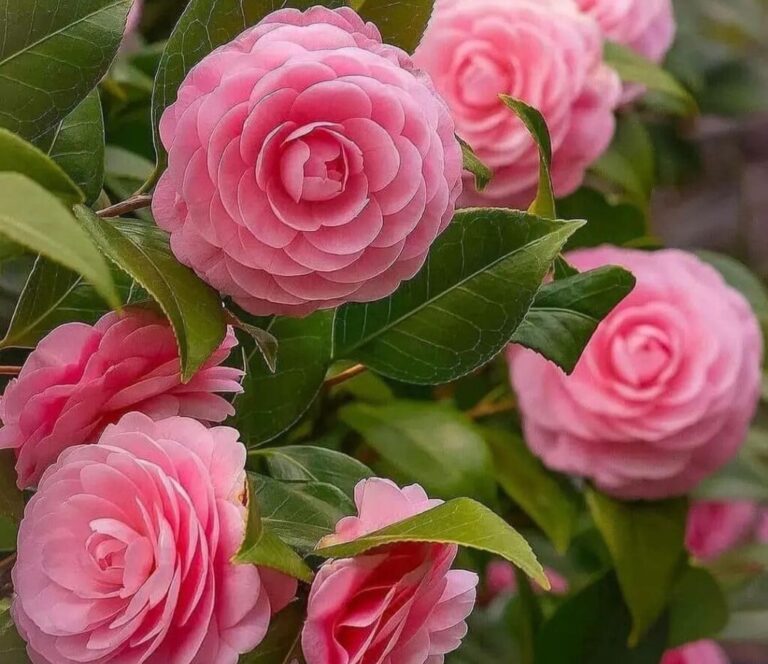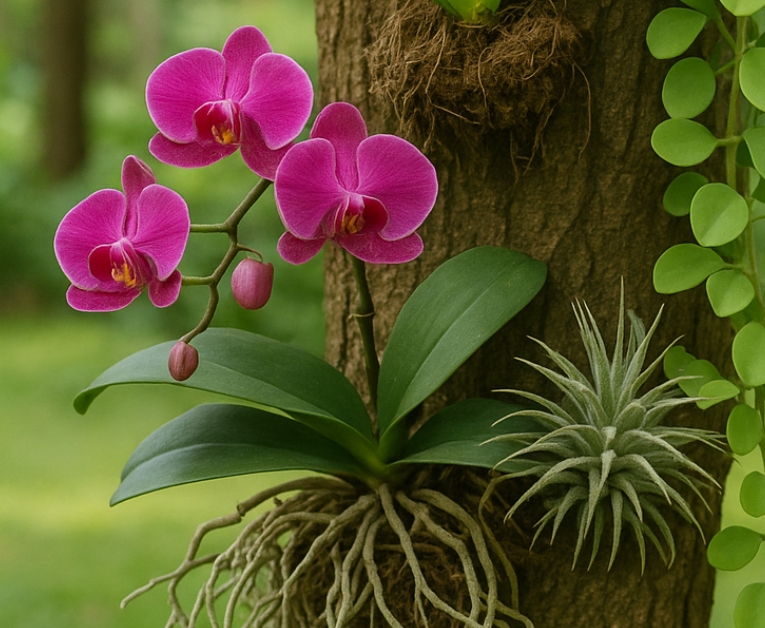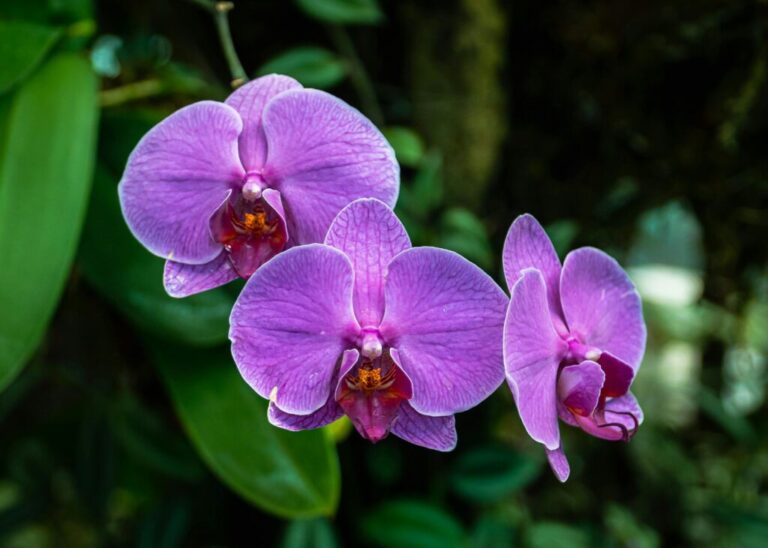Red Peony are among the most beloved flowering plants in home gardens, admired for their bold colour, lush petals, and timeless charm. These radiant blooms symbolise passion and prosperity, making them a favourite for borders, bouquets, and statement pieces in landscape design. But what happens when your vibrant red peonies start to decline? Yellowing leaves, wilted buds, stunted growth, or lack of flowering can all signal underlying issues that, if left unchecked, could result in a dying plant.
Whether you’re a seasoned gardener or just starting out, watching your red peonies struggle can be frustrating and confusing. The good news? Most problems are reversible with the right care and attention. From soil conditions and watering habits to pest control and proper pruning, there are proven ways to revive your peonies and keep them thriving year after year.
In this guide, “Red Peonies Dying? These 20 Fixes Will Save Them.” We’ll walk you through the most common causes of peony decline and offer simple, practical solutions. Each tip is tailored to help diagnose and treat specific issues, giving your red peonies the best chance to bounce back and bloom better than ever. Whether your peonies are wilting, failing to flower, or simply not looking their best, these 20 fixes will guide you toward a healthy, flourishing garden.
Red Peony

1. Adjust Watering Routine
Too much or too little water stresses peonies. Depending on the amount of rainfall, water deeply once or twice a week. Between treatments, make sure the top inch of soil dries off. Overwatering leads to root rot, while underwatering causes wilting. Regular, consistent moisture is key for healthy, blooming peonies.
2. Improve Soil Drainage
Waterlogged roots suffocate peonies. If your soil doesn’t drain well, mix in compost, perlite, or coarse sand. Raised beds also help. Healthy drainage prevents fungal growth and promotes oxygen flow, allowing peony roots to stay strong and disease-free, especially during heavy rains or excessive watering.
3. Ensure Full Sunlight
Peonies love sunlight. Every day, they require a minimum of six hours of direct sunlight. Excessive shadow weakens the plant and prevents it from blossoming. If your peony is under a tree or in a shady corner, consider relocating it to a sunnier location for improved health and stronger blooms.
4. Avoid Overcrowding
Good airflow reduces fungal issues. Don’t let peonies become smothered by nearby plants. Prune surrounding vegetation or transplant competing plants. Give each peony at least 3 feet of space to breathe and grow. When plants are spaced properly, air and sunshine may reach every area of the plant.
5. Eliminate Pests
Inspect for aphids, ants, or thrips feeding on your peony. These pests drain nutrients and weaken the plant. Spray with neem oil or insecticidal soap. Keep the area around your peony clean and free of plant debris to prevent future infestations.
6. Treat Fungal Infections
Fungal diseases like botrytis blight or powdery mildew can kill red peonies. Remove and destroy affected leaves. Use a garden-safe fungicide. Ensure good air circulation and avoid overhead watering to prevent fungal spores from spreading and attacking healthy foliage and stems.
7. Monitor Planting Depth
Planting too deeply inhibits blooms. The eyes (buds) should be just 1–2 inches below the soil. If they’re buried too deep, lift and replant them in fall. Proper planting depth ensures your red peonies have the energy to sprout and flower every year.
8. Use the Right Fertiliser
Avoid high-nitrogen fertilisers, which encourage leaves but not blooms. In the early spring, use a slow-release, balanced fertiliser. A 10-10-10 or 5-10-10 formula works well. Fertilise again lightly after blooming. This nourishes roots and sets your peony up for success in the following season.
9. Mulch Moderately
A thin mulch layer conserves moisture and controls weeds, but too much suffocates roots. Apply two to three inches of organic mulch, such as compost or bark, so that it doesn’t come into direct touch with the stems. In winter, mulch helps insulate, while in summer, it keeps roots cool and moist.
10. Deadhead Regularly
Deadheading spent flowers redirects energy to the roots instead of seed production. Use clean garden scissors to cut above a leaf node once a bloom fades. This encourages more vigorous growth and helps maintain your peony’s neat appearance throughout the season.
11. Cut Back in Fall
Cut peonies to soil level following the first frost. This prevents disease and clears dead material. Dispose of trimmings—don’t compost them—to avoid spreading fungus. Fall pruning rejuvenates the plant and reduces spring cleanup, giving it a fresh start.
12. Don’t Disturb Roots Often
Peonies dislike being moved too often. Only transplant if absolutely necessary, such as if it’s in deep shade or crowded. Fall is the best time to relocate. Be gentle with the root ball and water well after replanting to minimise transplant shock.
13. Control Weeds Nearby
Weeds compete with peonies for nutrients and water. Keep the area around the plant clean. Mulch helps suppress weeds naturally. Regular hand weeding is also effective. A clean bed reduces pest hiding spots and improves airflow around your plant.
14. Watch for Nutrient Deficiency
Yellowing leaves may signal nutrient deficiency. Test your soil to check for imbalances. Add compost or bone meal if phosphorus is low. Iron or magnesium deficiency can also cause problems—adjust soil amendments accordingly to maintain healthy foliage and flowering.
15. Protect From Strong Winds
Strong winds have the potential to stress plants and break stems. Stake tall peonies or plant them near a windbreak. Use gentle ties to support heavy flower heads. Reducing physical stress helps your peony conserve energy for growth and blooming.
16. Use Disease-Resistant Varieties
If you’ve battled diseases year after year, consider switching to disease-resistant red peony cultivars. Varieties like ‘Red Charm’ or ‘Karl Rosenfield’ are not only beautiful but also more resilient, requiring less maintenance and giving you more consistent blooms over time.
17. Maintain Soil pH
Peonies prefer soil that has a pH of 6.5 to 7.0, which is somewhat acidic as opposed to neutral. Every year, test your soil. If necessary, apply sulphur to drop pH or lime to boost it. A pH balance in the soil enhances root growth, nutrient uptake, and general plant health.
18. Improve Air Circulation
Dense foliage or crowding causes humidity and mould. Trim surrounding plants and thin inner stems if your peony is bushy. Increased airflow keeps foliage dry and inhibits the growth of fungi. It also helps your peonies look tidier and more structured.
19. Avoid Late Spring Frost Damage
Frost can kill early peony buds. Use frost cloths or buckets to cover peonies during unexpected late frosts. Mulching also protects roots. Monitor weather forecasts closely during spring to protect developing buds from sudden temperature dips.
20. Practise Patience
It could take two to three years for newly planted peony to bloom. If your plant appears healthy but hasn’t flowered yet, don’t freak out. It will eventually pay off if you give it the correct attention and provide the right conditions. Peonies are perennials with a lengthy lifespan that get better with age.
Saving red peonies isn’t complicated—it just takes the right care and attention. From watering adjustments to pest control and proper planting, these 20 fixes target the most common causes of decline. Observe, adjust, and act early to keep your red peonies bold, healthy, and breathtaking for years to come.
FAQs About Red Peony
1. What is a Red Peony?
A Red Peony is a vibrant flowering plant known for its bold, crimson blooms and lush foliage. It’s a favorite in gardens and floral arrangements due to its dramatic color and full, rounded petals. The Red Peony symbolizes romance, honor, and prosperity in many cultures.
2. When is the best time to plant a Red Peony?
The best time to plant a Red Peony is in the fall, between late September and early November. This allows the roots to establish before winter. Planting during this period ensures the Red Peony blooms beautifully in the following spring or early summer.
3. How much sunlight does a Red Peony need?
A Red Peony thrives in full sunlight, requiring at least six hours of direct sun daily. While it can tolerate partial shade, full sun helps the Red Peony produce abundant and vibrant blooms. Morning sunlight is especially beneficial to prevent fungal issues.
4. How often should I water a Red Peony?
Water a Red Peony deeply once a week, allowing the soil to dry slightly between watering. Overwatering can lead to root rot. During hot or dry periods, increase watering slightly to keep your Red Peony healthy and hydrated without making the soil soggy.
5.Can I use a container to cultivate a red peony?
Yes, you can grow a Red Peony in a large container with excellent drainage. Use rich, well-draining soil and ensure the pot receives full sunlight. Container-grown Red Peonies need regular feeding and protection from extreme cold in winter months.
6. How do I care for a Red Peony after it blooms?
After a Red Peony blooms, deadhead the spent flowers and let the foliage grow. The plant can store energy for the following season as a result. Don’t trim the leaves too soon. To avoid disease, cut the stems to ground level in the fall.
7. Are Red Peonies fragrant?
Yes, many varieties of Red Peony are fragrant, offering a delightful scent that ranges from light and sweet to spicy and rich. The fragrance of a Red Peony adds charm to gardens and makes it a popular choice in bouquets and floral displays.
8. What pests commonly affect the Red Peony?
Common pests that may affect a Red Peony include aphids, thrips, and ants. While ants are usually harmless, they’re often attracted to the peony’s nectar. Regular inspections and using organic insecticidal soap can help protect your Red Peony from infestations.
9. How do I propagate a Red Peony?
The most common method to propagate a Red Peony is by dividing the root clump in the fall.Replant the plant after carefully excavating it and cutting off the bud-containing root parts. This helps rejuvenate old plants and multiply your Red Peony collection.
10. Why is my Red Peony not blooming?
If your Red Peony isn’t blooming, it might be due to improper planting depth, insufficient sunlight, or overcrowding. Ensure the Red Peony’s eyes are planted no deeper than 2 inches below the soil surface and the plant receives enough light and space.
11. How long does a Red Peony live?
Red peonies may thrive and bloom for 50 to 100 years if they are given proper care. Because of their extended lifespan, these resilient perennials are a great investment for gardeners.With proper care, your Red Peony will provide generations of beauty and vibrant red blooms.
12. Can a Red Peony survive winter?
Yes, a Red Peony is cold-hardy and can survive harsh winters, especially when planted in the ground. In colder zones, mulching around the base can offer added protection. Container-grown Red Peonies may need to be moved to a sheltered area.
13. What does the Red Peony symbolize?
The Red Peony symbolizes love, respect, honor, and prosperity. In In Chinese culture, it’s frequently connected to prosperity and good fortune. The striking Red Peony is a common feature in weddings and celebrations for its auspicious meanings and timeless beauty.
14. What kind of soil does a Red Peony prefer?
A Red Peony prefers well-drained, loamy soil rich in organic matter. Steer clear of too moist or heavy clay soil as they might lead to root rot Amending the planting site with compost or aged manure will help your Red Peony establish strong roots and flourish.
15. Can I use Red Peony flowers in floral arrangements?
Absolutely! The Red Peony is a favorite in floral arrangements due to its bold color, lush petals, and subtle fragrance. A cut red peony can stay up to a week in a vase when properly cared for, which makes it perfect for romantic or sophisticated décor.







